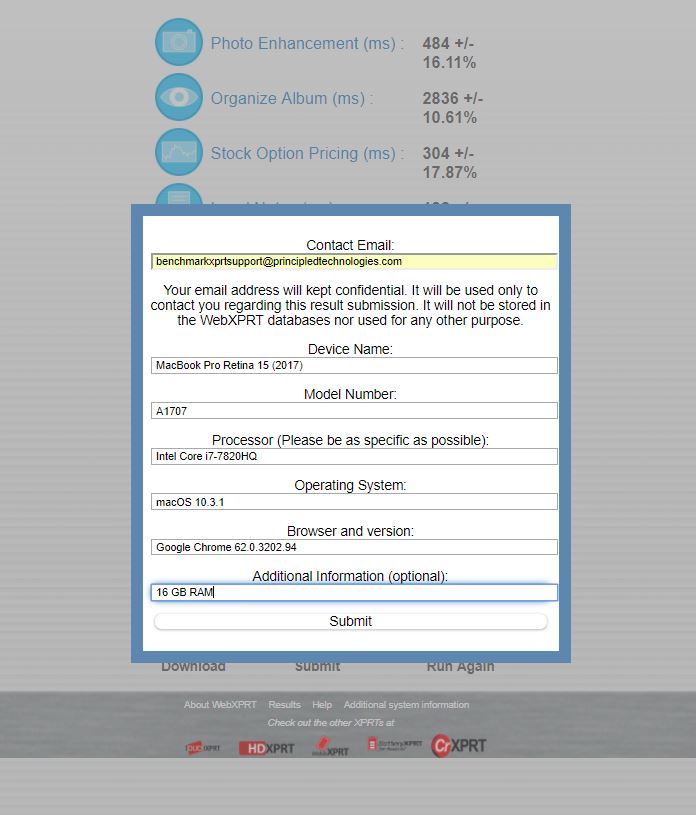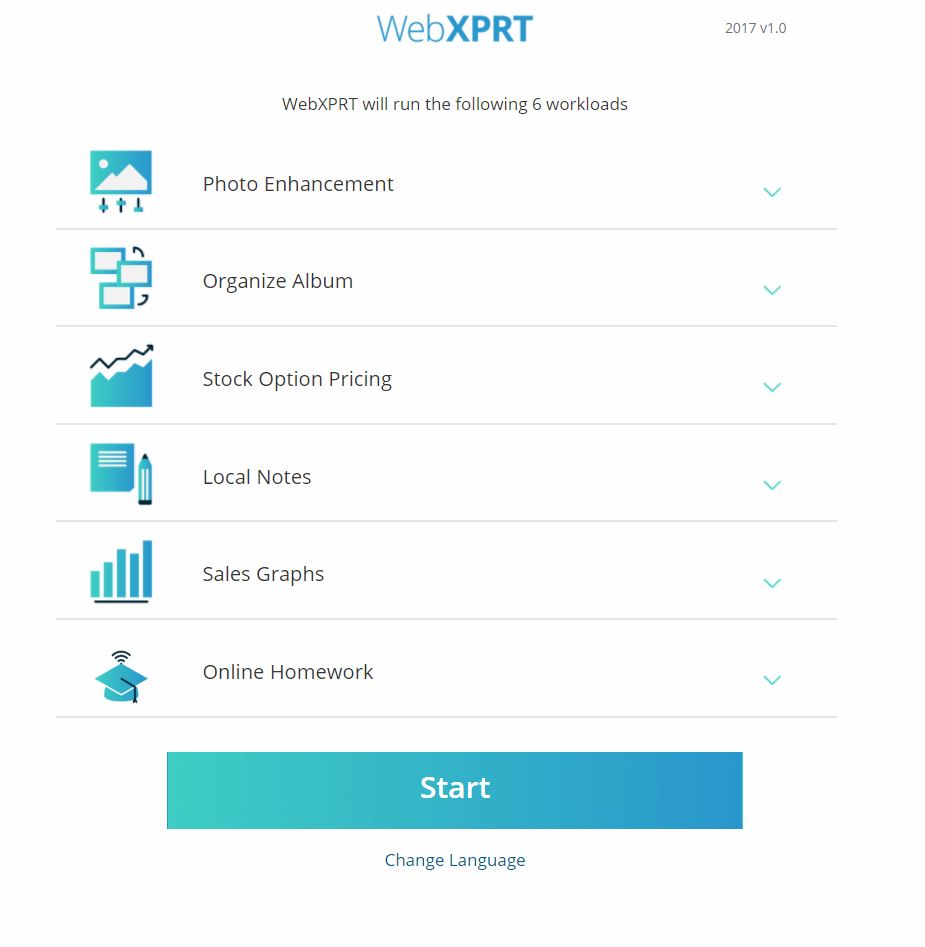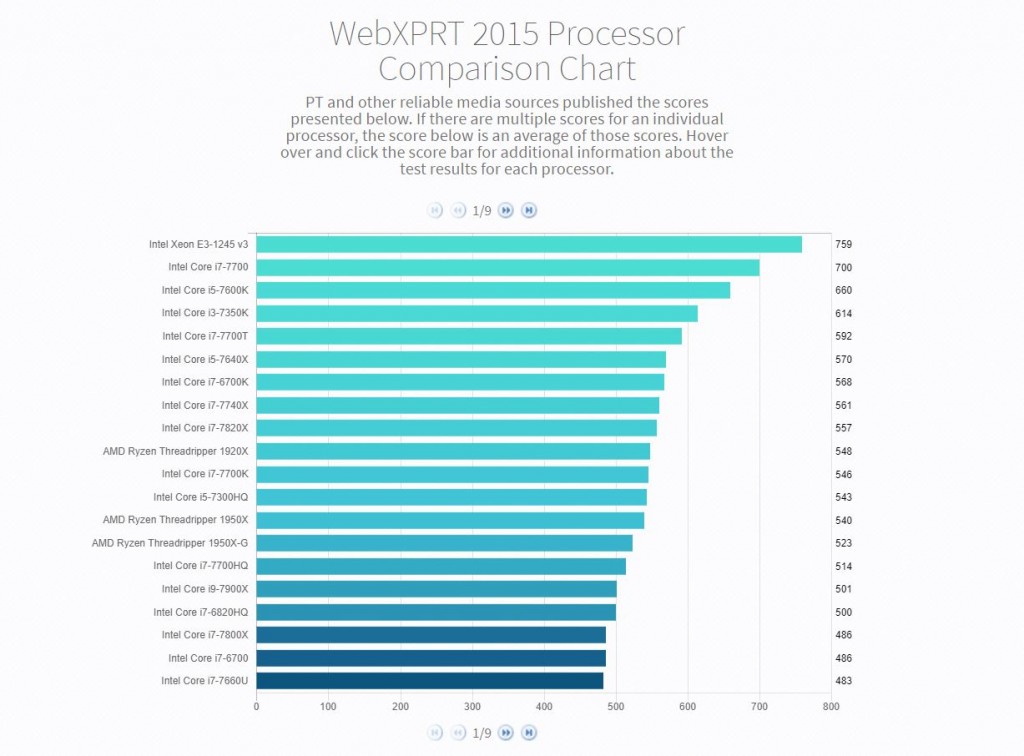Over the last few weeks, we’ve discussed the future of HDXPRT and BatteryXPRT. This week, we’re discussing what’s in store for WebXPRT in 2017.
WebXPRT is our most popular tool. Manufacturers, developers, consumers, and media outlets in more than 350 cities and 57 countries have run WebXPRT over 113,000 times to date. The benchmark runs quickly and simply in most browsers and produces easy-to-understand results that are useful for comparing web browsing performance across a wide variety of devices and browsers. People love the fact that WebXPRT runs on almost any platform that has a web browser, from PCs to phones to game consoles.
More people are using WebXPRT in more places and in more ways than ever before. It’s an unquestioned success, but we think this is a good time to make it even better by beginning work on WebXPRT 2017. Any time change comes to a popular product, there’s a risk that faithful fans will lose the features and functionality they’ve grown to love. Relevant workloads, ease of use, and extensive compatibility have always been the core components of WebXPRT’s success, so we want to reassure users that we’re committed to maintaining all of those in future versions.
Some steps in the WebXPRT 2017 process are straightforward, such as the need to reassess the existing workload lineup and update content to reflect advances in commonly used technologies. Other steps, such as introducing new workloads to test emerging browser technologies, may be tricky to implement, but could offer tremendous value in the months and years ahead.
Are there test scenarios or browser technologies you would like to see in WebXPRT 2017, or tests you think we should get rid of? Please let us know. We want to hear from you and make sure that we’re crafting a performance tool that continues to meet your needs.
Bill















